
Some shavers are attracted to “shavette” razors vs. safety razors because their perception is, since they use the same kind of blade, they understand how they both work. This article explores that perception with a comparison of shavette and safety razors.
Contents – Jump To:
Why Is It Called A “Shavette?”
Differences Between Shavette vs. Safety Razor
Pros And Cons Of Using A Shavette Razor
What Is A Shavette?
“Shavette” razors are also known as “barber straight” razors or as disposable blade straight razors. Shavette razors resemble classic style straight razors with their ‘fold close’ design and lack of any kind of significant safety features. But instead of using a permanent blade that must be maintained periodically, shavettes use a replaceable blade–often (though not always) a double edge blade just like a safety razor.
Many barbers use shavettes instead of straight razors due to their better hygiene levels (or by law).
Originally the shavette razor was used to sharpen sideburns, shave the neck area (front and back), and trim hair. They have since become popular as a general shaving implement.
Why Is It Called A “Shavette?” The Original Dovo Shavette Razor
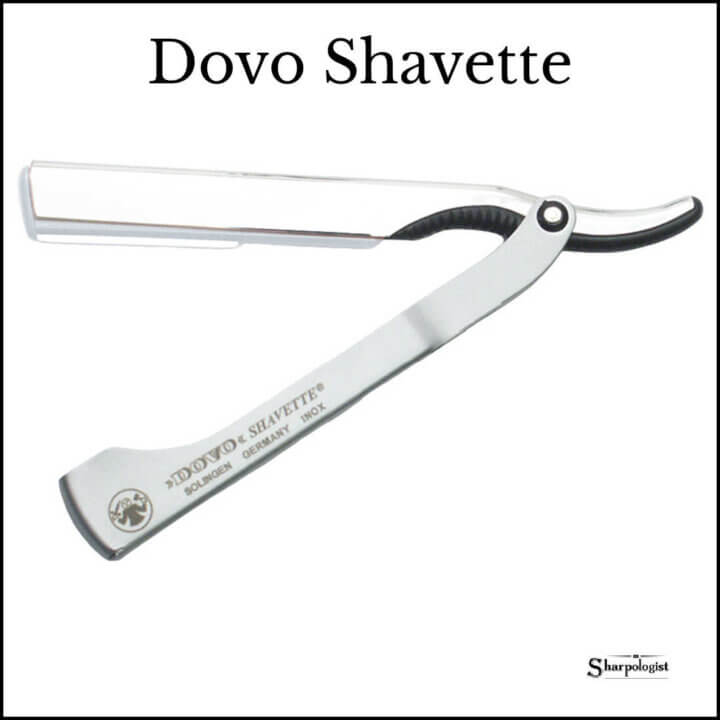
So why is it called a “shavette?” Like “Xerox” and “Kleenex,” it is a product name that has come into general use (among shavers anyway). The replaceable blade straight razor first made its appearance around World War I, with the Dovo Shavette (Amazon affiliate link) becoming the most popular.
From the Dovo website:
“Sadly, the First World War was responsible for the fact that shaving was not only fashionable but even essential for survival at that time. So that the soldiers could survive the gruesome gas attacks in the trench warfare, it was essential to guarantee the secure fit of the gas mask with a shaved face. For this reason safety razors became very popular among the population. Straight razors with interchangeable blades, similar to our Shavette, were now on the market.”
What Is A Safety Razor?
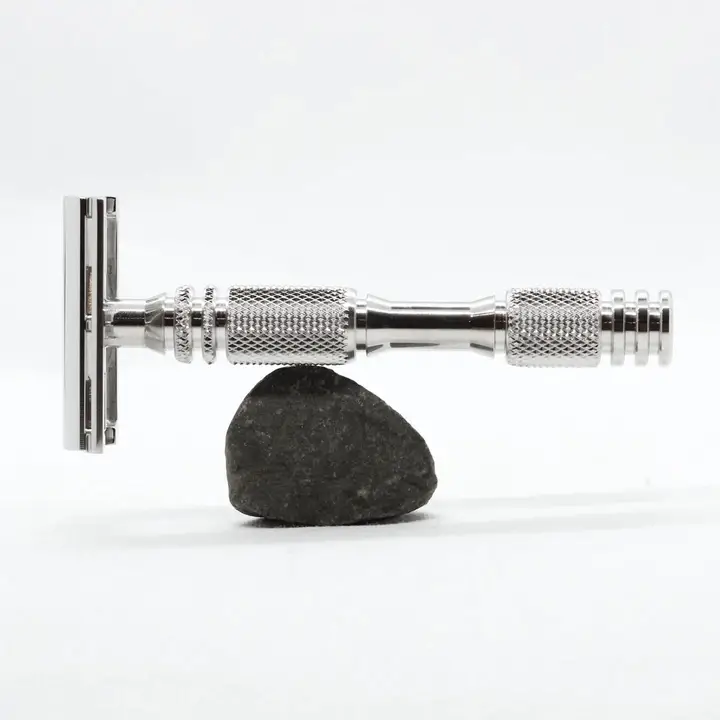
Anyone reading this website knows what a safety razor is, but for clarification’s sake let’s define it.
From Wikipedia:
“A safety razor is a shaving implement with a protective device positioned between the edge of the blade and the skin. The initial purpose of these protective devices was to reduce the level of skill needed for injury-free shaving, thereby reducing the reliance on professional barbers.”
For the purpose of this article let’s define “safety razor” as a consumer-oriented shaving razor with one blade, such as classic double edge razor or a non-pivoting single edge razor (like a GEM or Injector-style razor).
Differences Between Shavette vs Safety Razor
There are some pretty obvious differences between a shavette razor and a safety razor. Plus some more subtle differences, too. Here is a compare/contrast.
Designs
Visually, the difference between shavette razors and safety razors is straight-forward: generally-speaking, a shavette razor has a blade area that “folds into” a handle area (like a classic straight razor), while a safety razor usually has a T-shaped design with the blade head on top.
One interesting aspect of the design of a shavette razor is how it holds a blade. There are several methods of accomplishing this:
- Clasp: the most common blade-holding mechanism is a clasp arrangement, where the blade is secured between several inter-locking parts.
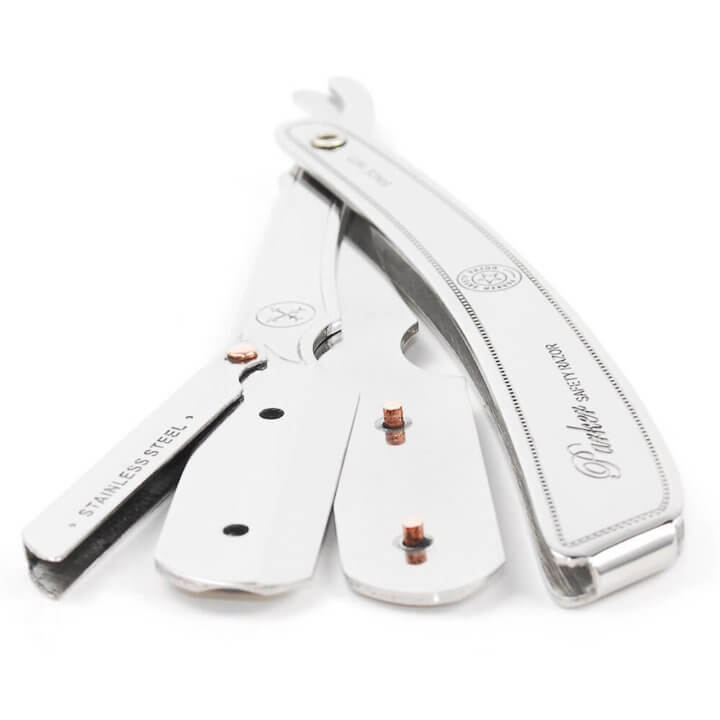
- Spring-mounted: the blade is held by “pinching” it between two spring-loaded sides. This may be the most “convenient” way of inserting a blade but it can also cause unequal blade edge exposure issues:

- Insert: the blade is inserted into a metal, plastic, or flexible “carrier” which is then inserted into a slot in the razor. This method allows for a variety of blades types to be used by using different “carrier” designs:
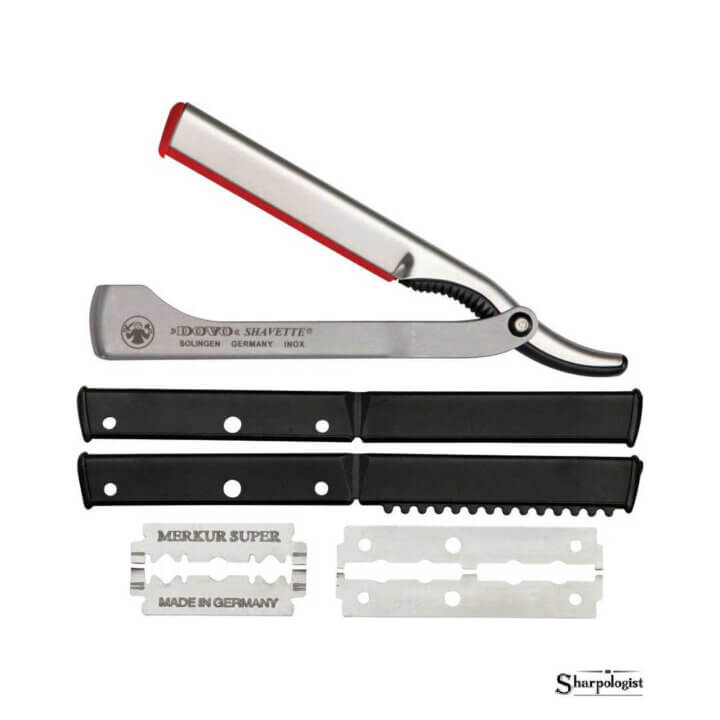
Blades
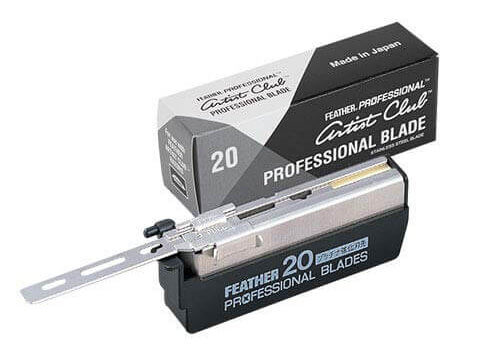
The most common blade you will see for shavette razors is a double edge blade. Some shavettes can accept the entire blade, while others use half a blade (cut the long ways).
Others use “shaper” blades: they are longer and (slightly) thicker, more closely mimicking the size of a traditional straight razor blade edge.
Detail Work
Safety razors provide a safer shaving experience by enclosing the blade within a “protective device” in the razor. The edge of the razor blade does not directly touch the skin. That means it might be more difficult to accurately shave in small, tight areas or do detail work.
A Shavette, on the other hand, can be much more precise than a safety razor. One common example is a barber shaping a hairline.
Learning Curve
Safety razors don’t eliminate the possibility of cutting yourself but they do introduce an element of protection. Shavettes, on the other hand, have no significant element of protection so are riskier.
Experience is the key when using a shavette. The learning curve is much shorter with a safety razor. A shavette takes much more practice to get proficient.
Prices
There isn’t much difference between the price of a shavette and a safety razor: prices for both range between about $10 to about $100 depending on brand, design, and materials.
Prices for blades can vary a bit due to the different formats available (e.g. double edge, half double edge, shaper, etc.) and the dumber of blades purchased (e.g. bulk orders). But it’s still fair to say prices per blade are under US $1.00 (and often well under US $0.50 per blade in bulk).
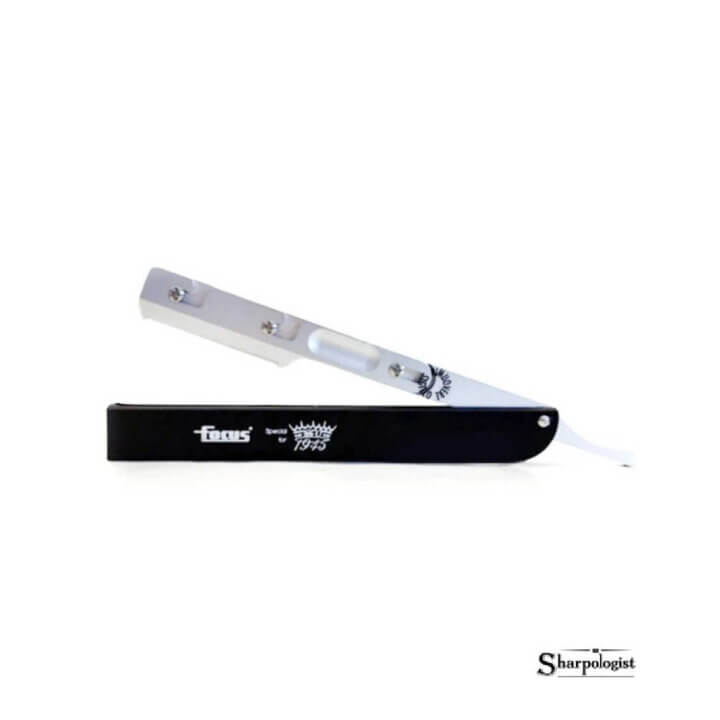
Maintenance
After shaving there’s always a certain amount of residue which may accumulate in a razor and cause corrosion so regularly maintaining a razor is important.
Regarding shavette vs. safety razor maintenance I think the shavette has a small edge (no pun intended) here. Safety razors have multiple pieces to be cleaned while a shavette’s blade is the item that gets the most predisposition to residue or corrosion, and the blade is replaced regularly anyway.
Shaving Time
I think few would disagree that a safety razor is easier to hold and maneuver. Even those proficient with shavette razors “sling metal” more slowly and carefully than the typical safety razor shaver.
Weight And Balance
Shavette razors are generally lighter than their older brothers, the classic straight razor, by virtue of the shavette’s disposable blade. The weight of most shavette razors are roughly comparable to many safety razors.
Balance is an “X-factor” here, though. Shavette razors are often intentionally designed with lighter materials (plastic and aluminum for example) to give it a balance more suitable for longer-term, comfortable, detailed use per shaving session. Think of a barber doing multiple shaves per day, versus a consumer shaving using a safety razor far less often.
Special Circumstance: Feather Shavette vs Safety Razor
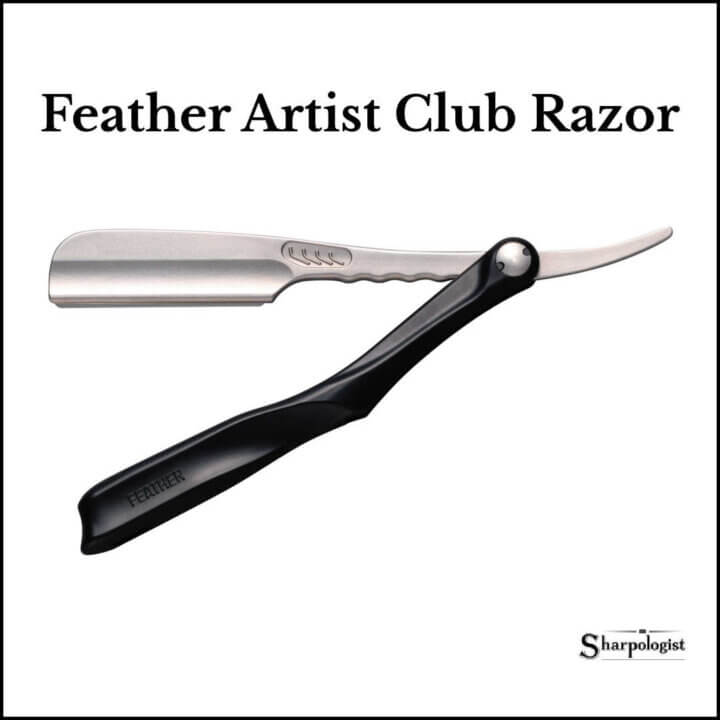
The Feather “Artist Club” shavette-style razor (Amazon affiliate link) deserves a brief comment. The Feather “Artist Club” razor line is larger and heavier than many other shavette-style razors, at a noticeably higher price point. They also use a longer, heavier, more stable blade. Many users say that using this model of razor is closer to the experience of a classic straight razor than other shavette razors.
Pros And Cons Of Using A Shavette Razor
Distilling all the information above, here are the pros and cons on using a shavette vs. a safety razor:
Pros
- Better for detail work;
- Slightly easier maintenance;
- Better comfort for those who need to use it often.
Cons
- Requires much more practice to learn to use effectively;
- Takes longer to use per shaving session;
- Practically no “safety” features.
Shavette vs Safety Razor Reddit Discussion
This discussion on Reddit from a few years back offers a good distillation of the experiences of those who use (or have tried and abandoned) shavette razors. It’s worth a read as background information from the “human perspective.”
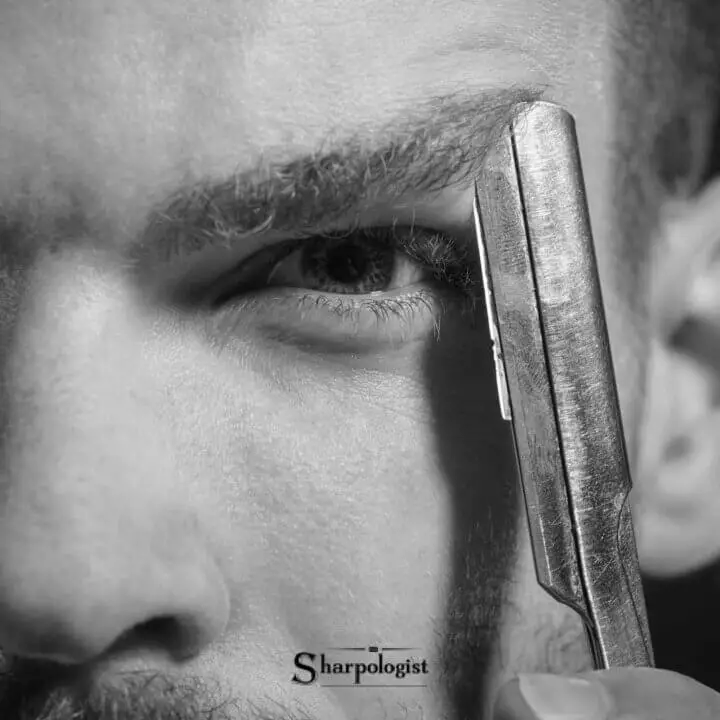
Who Should Use A Safety Razor Over A Shavette?
The safety razor offers a comparatively safer approach to shaving. It’s ideal for men who don’t have time or patience to master the art of the completely manual wet shave and/or want an easy transition from mass-market cartridge. However, it may not offer the subtleties of performance in areas such as maneuverability and blade sharpness.
Who Should Use A Shavette Razor Over A Safety Razor?
A shavette razor may be best suited to those who want an experience similar to that of a classic straight razor, without the maintenance or hygiene concerns. It may also appeal to those searching for a way to “challenge” themselves with learning a difficult, and often time-consuming, skill.

I nrver knew a “Shavette”existed, Mark. Thanks for the education. I appreciated the historical derivation of the name.
Comments are closed.